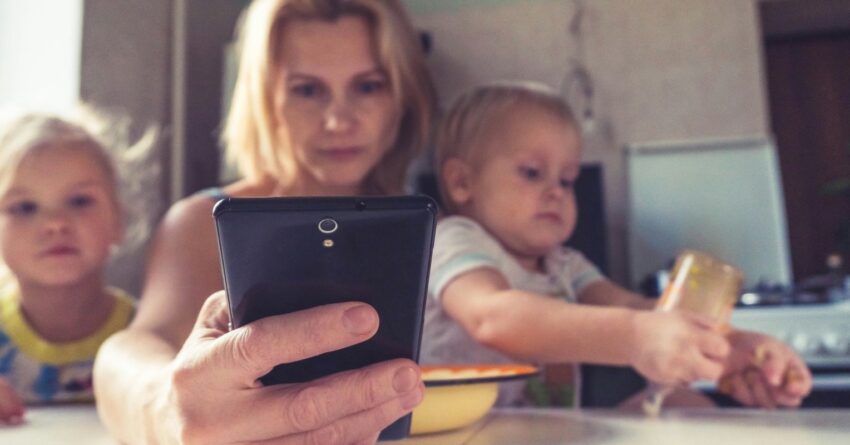As a new mother home alone on maternity leave, I felt intense shame about the way I was interacting with my baby. Social media served up daily stories of smiling mothers who delighted in lying on the floor and playing with their baby for hours. Meanwhile, my two-month-old would lay on his back in his play-gym, staring intently up and repeatedly kicking the post until he could make the music go. I lay exhausted on the sofa, worrying I was a neglectful mother.

Parents are told they should parent each child equally.
Vitolda Klein/Unsplash
Most adults today were raised with the belief that parents ought to be fair to their kids. We take being fair to mean treating our kids equally—a standard so ridiculous that as parents we immediately fail to meet it as soon as we have a second child.
Each child has their own personality and developmental trajectory, and that means each child needs different things at different times. Wise parenting means ignoring those who tell us we should treat the children “fairly.” To meet a child’s genuine needs, parents must respond to that child as an individual.
Responsive parenting is a wonderful goal, but it’s easier said than done. If we are going to understand what our kids need as individuals, we have to be able to tune in to what’s going on with them. That means we need a way to tune out the parent guilt that distracts us. A simple three-step method can help.
Driven by the messages I was getting, I began shoulding all over myself. “I should be on the floor playing with my baby. I should be loving that.” And there were certainly times my new son and I played happily together. But often, he was more interested in playing by himself in his play gym. I often landed back on the sofa, defeated and deflated.
At that time as a mother, I had not yet developed the Sigh, See, Start method. I didn’t know that every time I felt a should, I could sigh. By taking a deep breath and letting it go slowly, we send our nervous systems a message of safety. We can sigh out of worry and back into our own bodies, becoming present and ready to connect with our kids.
Next, see: We can see our child and the situation, notice their body language, and observe what’s going on. This moment of mindfulness is remarkably powerful for parents in recognizing what each child needs.
Then, start: Maybe we start thinking about how to do things differently or how to best approach the situation. Maybe what we start works and we learn. Maybe what we start doesn’t work, and we also learn. Either way, by repeatedly becoming present in our bodies, noticing our kids, and running repeated experiments to see what helps our kids best, we build confidence quickly.
My second son’s personality was very different from his older brother’s. From the beginning he wanted nothing more than to be with people, play with people, and talk with people. I spent my maternity leave with him in constant play and interaction while he was awake. That was when I recognized that I had not been failing my first son at all. In fact, I had been tuned into his introverted personality and giving him what he needed.
